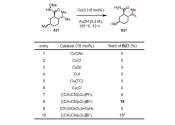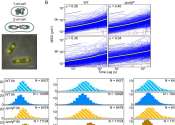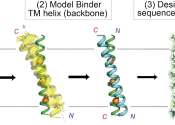The Scripps Research Institute (TSRI) is a biomedical research corporation established in La Jolla, California with another site in Jupiter, Florida. Its origins stem from a large endowment from Ellen Browning Scripps in the 1920s originally targeted for research on immune disorders. In the 1990s the combined Scripps Clinic and Research Institute became separate entitities. Today, TSRI is one of the most prolific and active research institutes in the United States with a wide range of human disorders/conditions in its focus. Namely, cancer biology, cell therapy, genetics, molecular and experimental medicine, neurobiology and more. The newly constructed Scripps Florida focuses on drug discoveries, basic biomedical research and technologies.
- Address
- 10550 North Torrey Pines Road—La Jolla CA 92037—US
- Website
- http://www.scripps.edu/e_index.html
- Wikipedia
- http://en.wikipedia.org/wiki/The_Scripps_Research_Institute
Some content from Wikipedia,
licensed under CC BY-SA
Subscribe to rss feed









